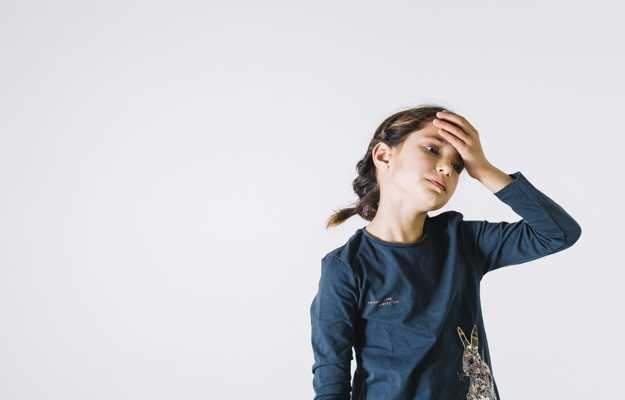What is migraine in children?
While we often tend to believe that migraines are experienced only by adults, children are prone to migraines too. In fact, it is reported that over 5 percent of school-aged children complain of migraines. Migraines are acute headaches that recur frequently. While there may be several other accompanying features, headache forms the most acute, commonly experienced symptom.
What are its main signs and symptoms?
Apart from a characteristic headache, children with migraines are likely to experience other symptoms such as:
- Nausea and abdominal cramps
- Sensitivity to light, sound and smell
- Drowsiness
- Paleness with dark circles under the eyes
- Excessive sweating and thirst
What are its main causes?
It is hard to generalise the cause of migraines, or to find out exactly what has triggered it. Some common causes of migraines may include:
- Deficiency of the chemical serotonin in the brain
- Alcohol
- Foods containing monosodium glutamate (MSG)
- Sugar and caffeine
- Nuts and shellfish
- Certain dairy products
- Stress, anxiety
- Inadequate food, hydration or sleep
- Bright lights,
- Long hours at the computer
- Strong odours
How is it diagnosed and treated?
In order to arrive at a diagnosis, doctors usually ask certain questions like when the migraines are experienced and in which part of the head the pain is usually felt, presence of any sound or vision before or during the migraine, severity of the migraine, and more
Tests may be conducted to rule out other health conditions. Physical examination including a detailed neurologic assessment is performed. Additional tests are conducted if the child has a fever, neck rigidity, nerve abnormalities, swelling of the optic disc or asymmetric signs (weakness on one side of the body). Electroencephalography (EEG) too might be done to rule out pathological causes of a migraine If they are too severe.
In cases of mild migraines, doctors usually prescribe rest, avoiding stress and a careful watch for triggers. Instructions are also given on how children should be placed in a foetal position (lying on left side and curled up like a baby) during a migraine attack. Pain-relieving medications or anti-inflammatories are prescribed if needed. In some cases, relaxation and hypnotic therapy are also shown to work. Modifications in diet are made to exclude foods that contain MSG and citric acid. Appropriate medication is given to those who suffer migraines from travel or motion.
Medications called triptans might be needed in severe cases of migraines.

 Doctors for Migraine in Children
Doctors for Migraine in Children 


















